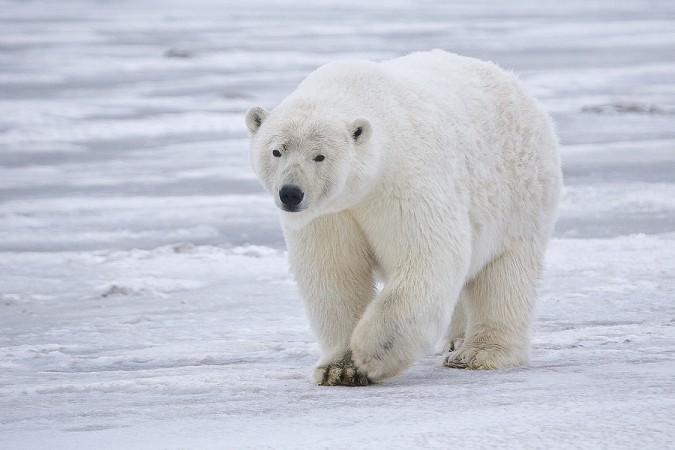
As a result of the Stockholm Convention, pollution levels in parts of the Arctic have shown a decrease in levels of certain persistent organic pollutants (POP).
According to an international team of researchers, certain POPs like DDT and PCB levels have considerably reduced in the northern tundra. The Stockholm Convention was introduced in 2001, with 152 countries agreeing to "eliminate, restrict or minimize unintentional production" of 12 specific POPs, notes a report by the National Institute of Standards and Technology (NIST).
Since then, the list has been widened to accommodate more than 33 POP chemicals commonly grouped together as the Stockholm Convention, recognized by182 countries now. The POP list includes a number of chemicals that were once widely used in consumer products and even as fertilizers like DDT and PCBs (polychlorinated biphenyls).
One of the reasons why these chemicals were banned from use was because they are harmful to plants and animals that suffered from its run-off into nearby ecosystems. The report mentions that POPs in mammals have been linked to developmental, neurological, reproductive, and immunological issues. Accumulation of DDT, was also linked to eggshell-thinning of birds that feed on fish like eagles and pelicans. This in turn was found to thin out their population in the late 20 century.
"This paper shows that following the treaty and earlier phase-outs have largely resulted in a decline of these contaminants in the Arctic," says John Kucklick, of NIST and senior U.S. author.
"When POP use was curtailed, the change was reflected by declining concentrations in the environment." Frank Rigét of the Aarhus University and lead author of the paper pointed out that in general, contaminants that are being regulated are decreasing in the wild.
POPs are seen as especially problematic in the Arctic region because of the fragile and already threatened ecosystem there. Pollution comes from both local regions as well as from thousands of km away, carried up north by air and water currents.
To understand just how POP values might have changed over time, this study involved archived samples taken from the 1980s onwards from around the globe. The biggest decrease found was a byproduct lindane, a-HCH, a pesticide. Researchers found a mean annual decline of 9 percent with Arctic wildlife.
PCB presence in the region had also sharply decreased by nearly 4 percent a year all across the Arctic region since it was taken out of sale. Two legacy POPs in the list, β-HCH and HCB, showed small drops of 3 percent per year.
Flame retardant hexabromocyclododecane (HBCDD) was found to have an annual increase of 7.6 percent. HBCDD among the 16 additional POPs added to the Stockholm Convention last year and has been recommended for complete elimination from use, with exemptions mentioned.
As to why this study is important, the report notes that POPs are known to bioaccumulate—build up faster in animals than they can be naturally excreted. That exposure, notes the report, can travel up the food chain. Plankton in the sea exposed to POPs in the water is eaten by fish, which are eaten by seals and whales after that. For every time there is jump up, the amount of POP also accumulates. This is why when large mammals are exposed, the damage can be large, as well as long lasting.
The study was first published in the journal Science of the Total Environment.

















